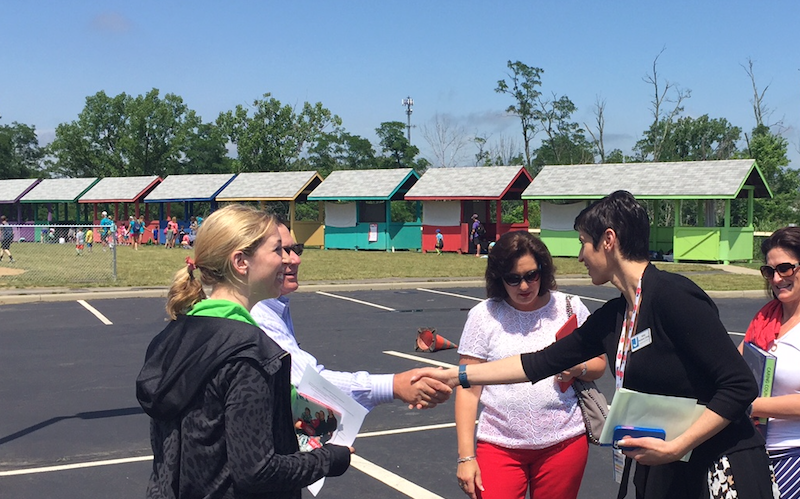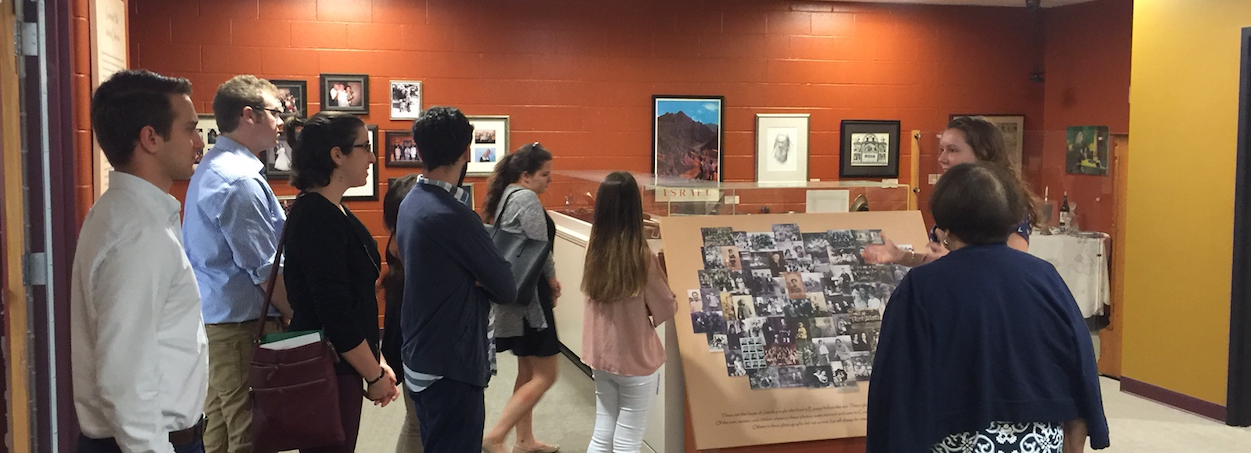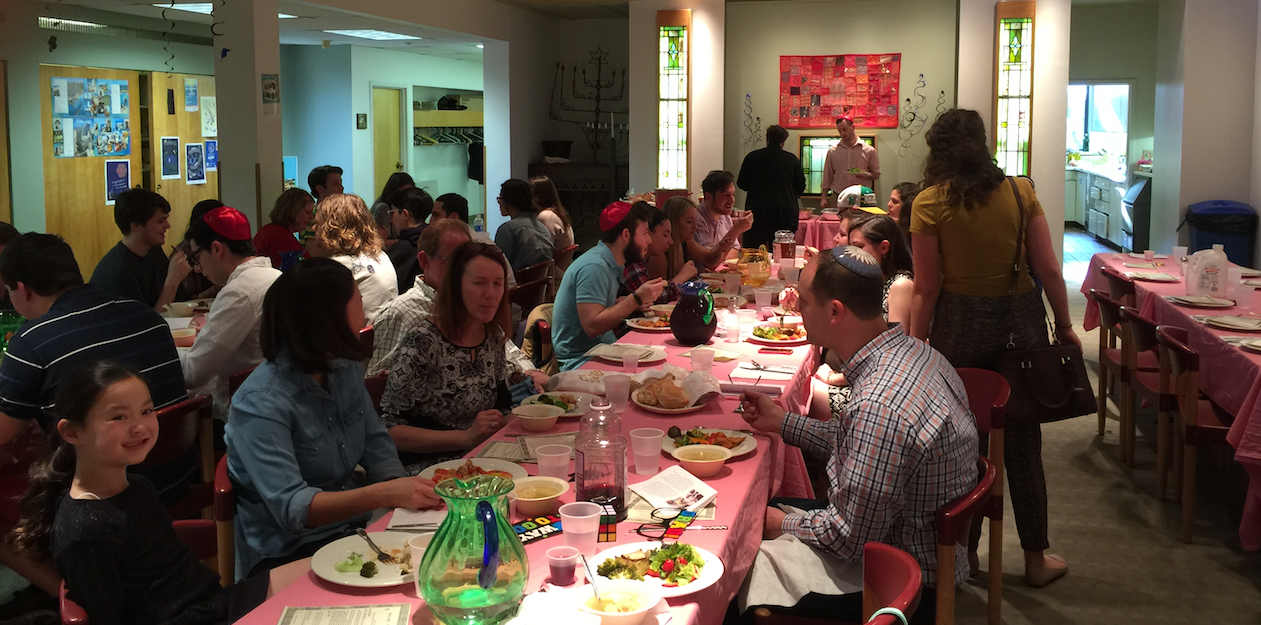David Harris

Internships, Innovation, and Inclusion: 2017’s Planning and Allocations Highlights
Recently, I had the pleasure of sitting down with John Silverman, the Federation’s Vice President of Planning and Allocations. He shared the following about this year’s successes:
Danielle: As you enter your last year as the Federation’s Vice President of Planning and Allocations, how do you assess this year’s campaign and allocations?
John: An all-around “success.” We had a very successful campaign and a productive, thoughtful allocations process. We have 90 volunteers on our allocations team, and with increased campaign funds, our team was able to fund some new initiatives and provide additional dollars in key programs.
Q: What did the generosity of the community allow Federation to invest in this year?
A: There were a couple of needs that I’m really proud Allocations was able to address. Specifically, we were able to start an innovation fund this year—something we’ve discussed but didn’t have funds for in prior years. We were able to increase funding of inclusion programs. We also helped to fund a new position at JVS Career Services that will help the agency attract new business themselves. One of our goals for the community is to help organizations improve their own financial stability, and this position is directly aimed at that goal.

Q: In addition to their funding function, allocations councils provide assessment and feedback about programs. What was one highlight that came out of that assessment process this year?
A: The allocations team has the unique benefit of having a “consulting” view of our local programs. We have extremely talented, dedicated folks in our group— and they have the ability to review multiple programs, and see where there are missed opportunities or the potential for more efficiency. An example of this was the “streamlining” of our community’s internship programs. What our group realized was that we had several different agencies helping college students find internship opportunities—but there was no coordination between the agencies, no sharing of ideas or opportunities, and most of the time—the students weren’t aware of all that was available. The allocations team approached the agencies with a proposal for them to combine their internship efforts, and create one portal of entry so that any student looking for internships would have access to all of the opportunities available. The agencies loved the idea, and now, just a few months after the allocation season ended—our community has a robust, easy-to-navigate internship program that should reach many more students and give each student the opportunity that best fits their interest and talent.
Q: We understand that Allocations is investing like never before in inclusion efforts throughout the community. What does that look like?
A: To an extent, this is similar to the internship “streamlining” that we suggested. We have several organizations—primarily our camps and schools—that provide inclusion services. The issue is two-fold. First, we aren’t investing enough money in this vital service; and second, we haven’t had the coordination of efforts and training that we could and should have. So we’ve tried to address both issues—we’ve increased funding to close to $60,000, and we’ve organized an Inclusion Task Force led by Tovah Kirshner and Renee Kamrass—both of whom have terrific background and knowledge. We are committed to improving our inclusion services, and I think we made some good strides forward this year.

Q: Last spring, under your leadership, the Federation began investing specifically in innovation, through the Jewish Innovation Fund macro- and microgrants. What is the status of the microgrants that you oversaw?
A: We funded two innovative ideas that we’re really excited about. We funded a real estate forum led by Josh Rothstein, that brought together more than 100 Jewish real estate professionals to network, share ideas, and get to know each other better. And we helped to fund the Moishe House, another great program that helps get millennials involved in the community. If we can keep our level of funding up, we can really make an impact with these and other innovative ideas. I’m very excited that Allocations has taken this effort forward—I see big things ahead for us here.
Q: Moving into your last year in Planning and Allocations leadership, what opportunities do you see for P&A in the future?
A: One of the hallmarks of Planning and Allocations is development of future Jewish leaders. I am incredibly proud of the effort our 90 volunteers put forth, and as I look at this group of individuals, I see the future of our community—both Jewish and non-Jewish. I have been continually impressed, excited, and motivated by the ability and drive of this group of individuals. I have been proud to lead them—but truthfully, they have led me! I will truly miss them.
Allocating Community Campaign funds is a fair, democratic, and participatory process. More than 100 volunteers spend 650 hours over six months to make sure your gift goes to the programs that most effectively address the most critical needs in our community, and best support and nurture Jewish life locally and globally. They make sure your gift will be used wisely and with the greatest impact. For more information about allocations, visit jewishcincinnati.org/allocations.

